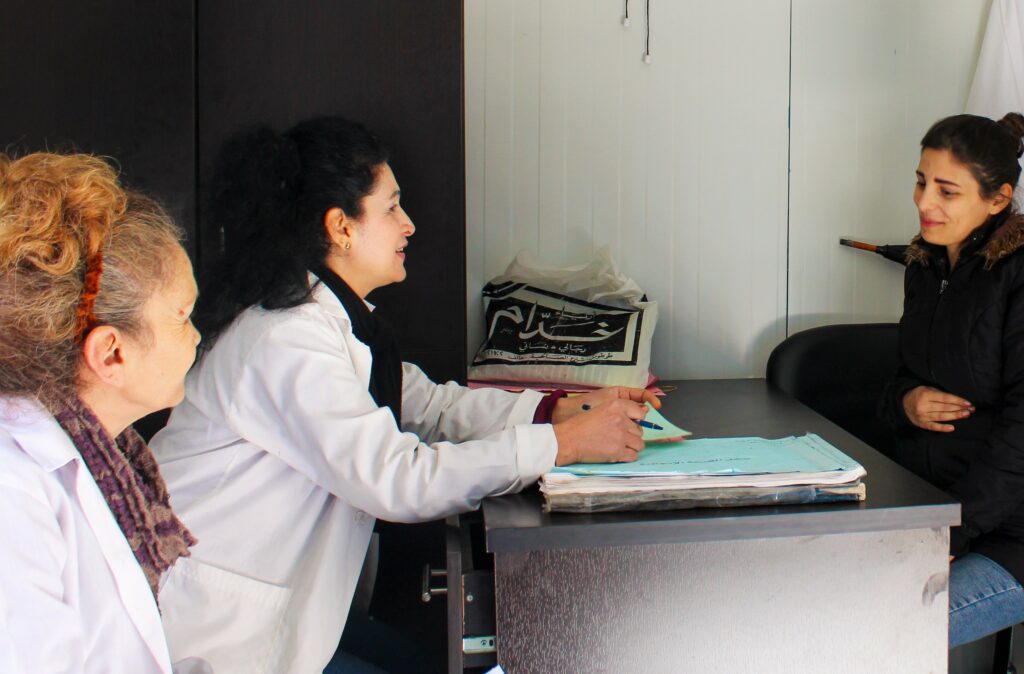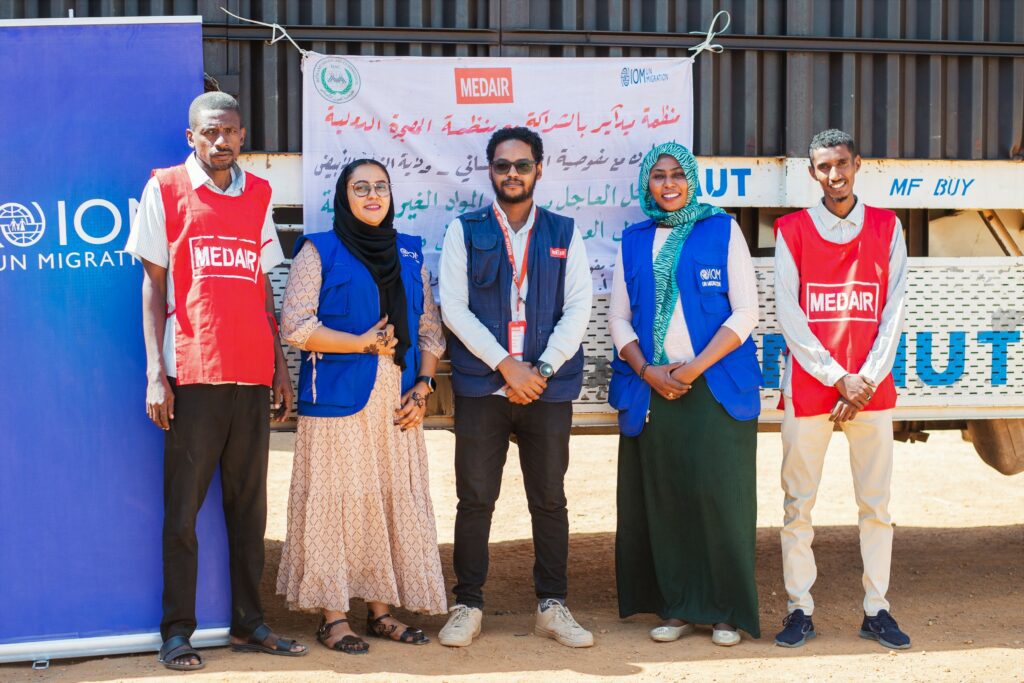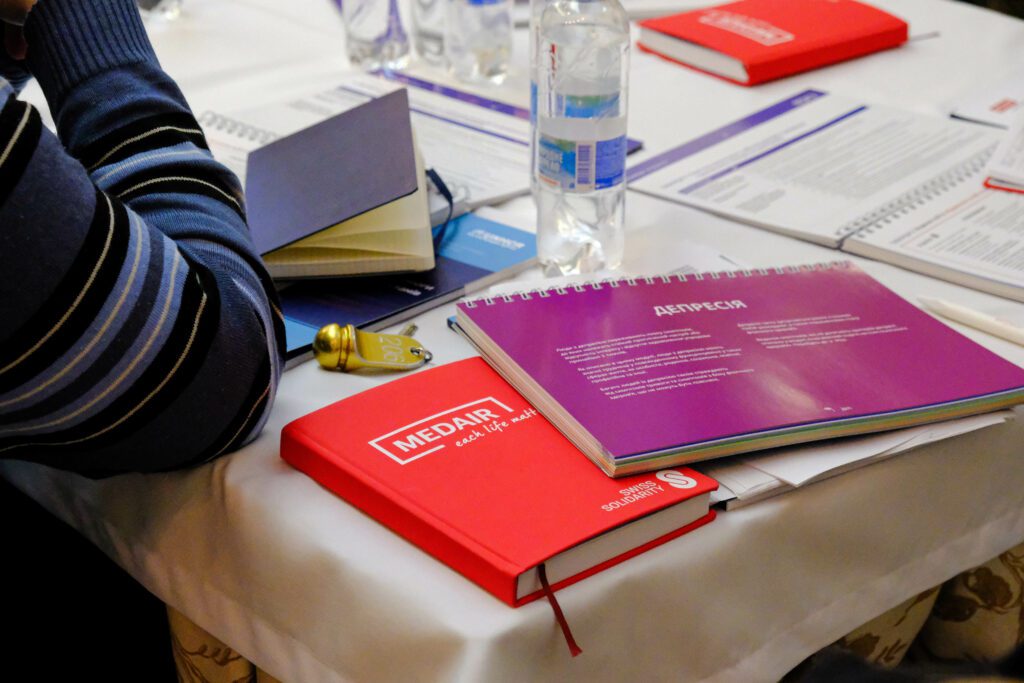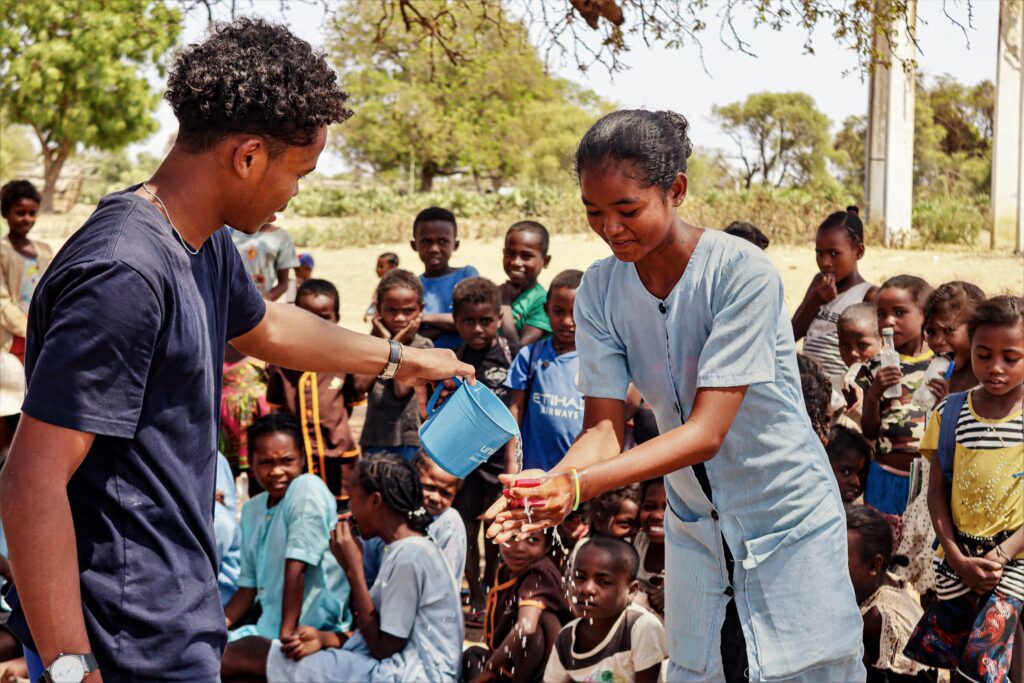A civil war in Yemen has raged for the last six years, four months, and some odd days, destroying lives and livelihoods. Currently, 20.7 million people, two of every three Yemenis, need humanitarian assistance¹.
“The entire village suffers from the problem of contaminated water, and it causes diseases and disabilities amongst the children. You will find in every house in the village, at least two sick children. Most of the children suffer from black teeth and it also deforms hands and feet, due to drinking the unclean water,” shares 35-year-old Nehaya of Al Dhale’e governorate, Yemen. “We have been suffering from this for a while,” she adds.
Their water source has been unsafe for fifteen years. Fluoride levels have been measured to be ten to fifteen times higher than the safe level of fluoride within the mountainous town in Al Dhale’e governorate. Families are left with only two grim options – spending a copious percentage of the family’s income to bring clean, safe water from far villages, or drink the community water filled with hazardous levels of fluoride.
Small amounts of fluoride protect tooth enamel and strengthen bones. These small amounts of fluoride, increases the speed of early cavity repairs, helps to slow the cavities development process², and kills bacteria that causes tooth decay.
Within safe limits, fluoride has beneficial effects, but too much of any good thing, is bad. Too much fluoride in one’s water supply is not an issue most have to worry about. According to the World Health Organization, “Excessive fluoride intake usually occurs through the consumption of groundwater naturally rich in fluoride, particularly in warm climates where water consumption is greater, or where high-fluoride water is used in food preparation or irrigation of crops.” When prolonged elevated fluoride intake persists, it can lead to adverse effects on skeletal tissues and bones. Skeletal fluorosis, which changes bone structure and joint mobility, may occur when drinking water that contains 3-6mg of fluoride per litre³. Crippling skeletal fluorosis, which causes severe pain as ligaments stiffen and bones become prone to fractures² typically develops when water sources contain 10 mg per litre³. With this, bones appear to bend. From this remote village in Yemeni mountains, fluoride levels within the community’s water supply, was measured at 10-15 mg per litre—the safe range sits at .5 to 1.5 mg per litre.

60 year old Samair, right, helps his neighbour, Majed walk, as he suffers from deformed bones.
Medair Health and Nutrition Manager states, “It [skeletal fluorosis] is a public health issue caused by the high fluoride levels in the water. It affects all of the children, all of the animals and elders. Because this is mainly a mountainous area, people have to dig very deep to reach water, so it breaks the rock layers (which naturally contains fluoride) and makes all of the water contaminated with high fluoride.”
With excessive fluoride consumption, it builds cumulatively within bones over years. Children whose bones and teeth are developing are more vulnerable and poor nutritional value can magnify their susceptibility². The effects of unsafe water in the mountainous village in Yemen bears a financial burden on families too. “The water from the wells runs out and we have to buy water from the city, and this is difficult for us because of our difficult living conditions,” shares Nehaya. It is said that seventy percent of the town’s population is unemployed. For those employed, clean water is beyond the reach of many villagers at 133% of the average household income.
Lack of access to safe water also makes families more susceptible to diarrheal diseases; more susceptible to vomiting and in turn, they may face additional costs to take a child to receive health care, all during the country’s economic decline. The diseases caused by unsafe water make a child more vulnerable to malnutrition, which itself makes them more susceptible to other infectious diseases.
An old borehole has been identified where fluoride levels are within the safe range of is .5-1.5 mg per litre; teams are currently working to rehabilitate the well and bring clean water to the community. ”We have a lot of hope in Medair to improve the situation of the village and help solve the water problem and help our children,” shares Isra.
Edres, four years old, has suffered from malnutrition for most of his life and is on route to recovery. His mother, 30 year old Isra shares, “Everything changed after the war. Suffering increased. Prices increased. We had difficulty obtaining clean water and diseases increased among children and women due to malnutrition and poverty. Because clean water is the basis of life, and we can do nothing without it.”

This Medair project is funded by Swiss Agency for Development and Cooperation and generous private donors.
This content was produced with resources gathered by Medair field and headquarters staff. The views expressed herein are those solely of Medair and should not be taken, in any way, to reflect the official opinion of any other organisation.
1. OCHA. (2021, March 16, p. 4). Humanitarian Response Plan Yemen. Relief Web. p. 5 https://reliefweb.int/sites/reliefweb.int/files/resources/Final_Yemen_HRP_2021.pdf.
2. World Health Organization. (2019). PREVENTING DISEASE THROUGH HEALTHY ENVIRONMENTS: INADEQUATE OR EXCESS FLUORIDE:
A MAJOR PUBLIC HEALTH CONCERN. World Health Organization. p.4, 5 https://www.who.int/publications/i/item/WHO-CED-PHE-EPE-19.4.5.
3. World Health Organization. (2017). Guidelines for DRINKING-WATER Quality: fourth edition incorporating the first addendum. Geneva: World Health Organization. Licence: CC BY-NC-SA 3.0 IGO. p. 372 https://www.who.int/publications/i/item/9789241549950.
4. GBD 2016 Disease and Injury Incidence and Prevalence Collaborators (2016). Global, regional, and national incidence, prevalence, and years lived with disability for 328 diseases and injuries for 195 countries, 1990–2016: a systematic analysis for the Global Burden of Disease Study 2016. Lancet 2017;390(10100):1211–1259 (https://www.thelancet.com/journals/lancet/article/PIIS0140-6736(17)32154-2/fulltext).





